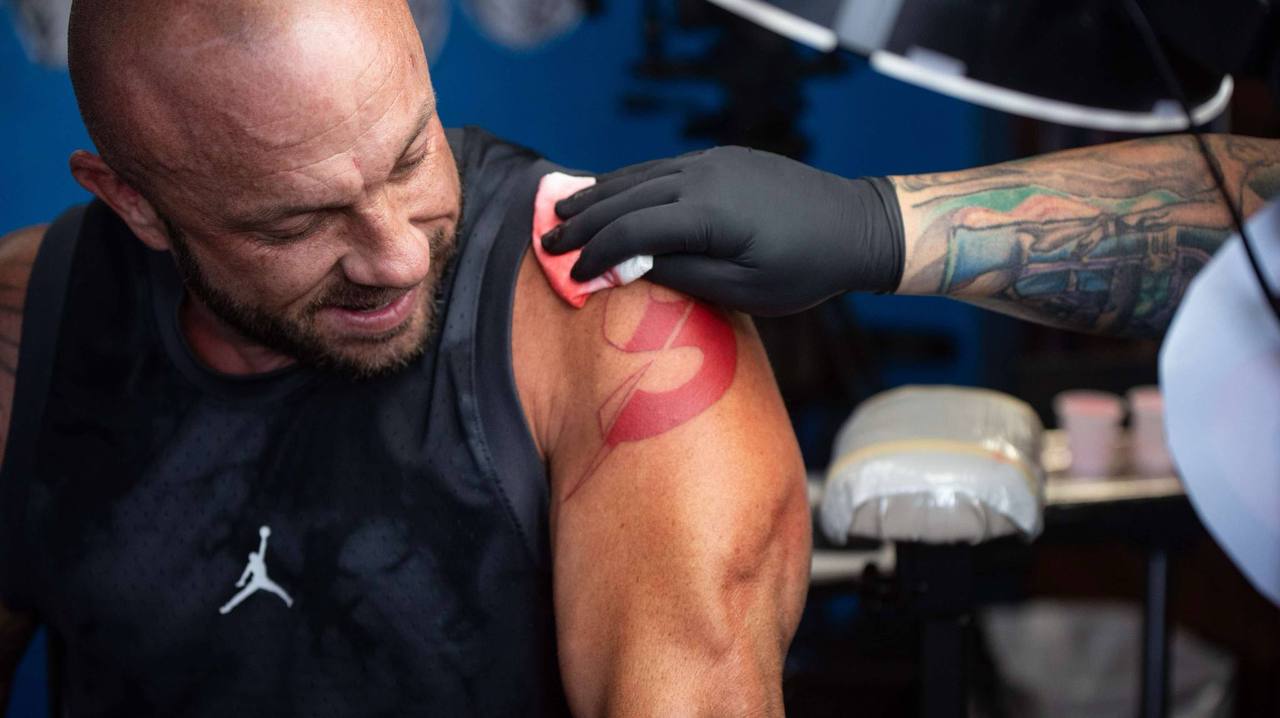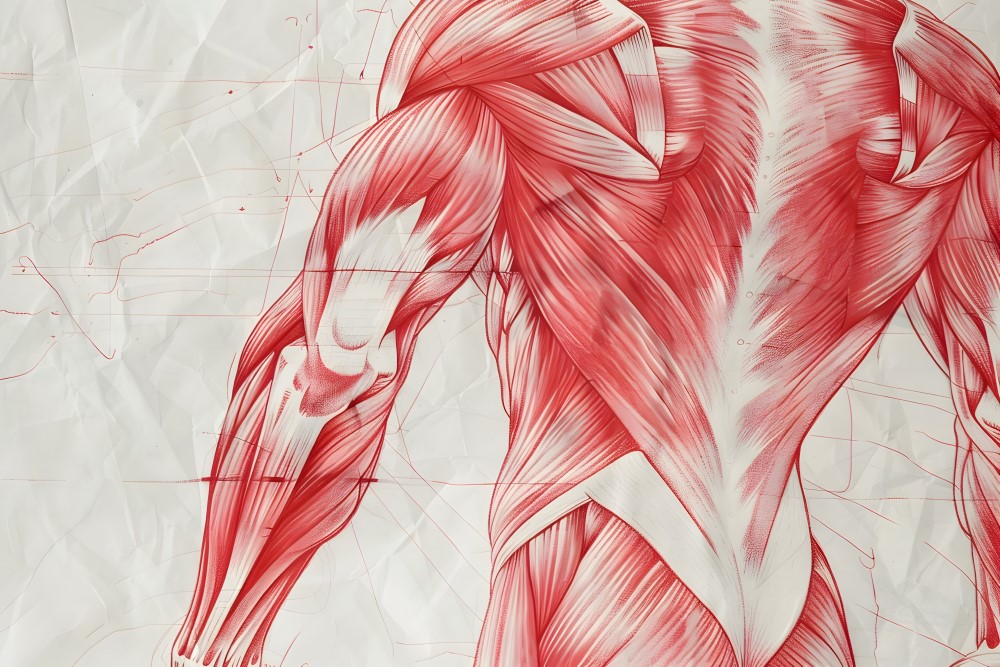Electrolyte balance for enhanced bodybuilders – Part 3
Previously in this series, we learned what the role of different electrolytes is in the body, how different AAS affect electrolyte balance, and what the physical consequences of having an electrolyte imbalance are.
But knowing all of that is pointless if you don’t know how to fix an electrolyte imbalance. Let’s explore how to do that…
Fixing an electrolyte imbalance
Maintaining a healthy electrolyte balance during a steroid cycle requires proactive strategies. Diet, hydration, and supplementation all play important roles. Here are practical tips to help you manage electrolytes and hydration:
Stay Hydrated (but not just with plain water)
Drinking enough fluid throughout the day is fundamental. Aim to consume water consistently rather than chugging it all at once. A general guideline is at least 3-4 liters per day for active individuals, adjusting upwards if you’re sweating heavily. Do not rely on thirst – by the time you feel very thirsty, you’re already somewhat dehydrated. Instead, schedule water intake (e.g., a glass every couple of hours). During intense workouts or cardio (especially in heat), use an electrolyte beverage or add a pinch of salt (and a squeeze of lemon, etc.) to your water. Having a bit of sodium in your drink helps your body absorb fluids more effectively while exercising. Sports drinks or electrolyte powders (containing sodium, potassium, magnesium, etc.) are useful if you train for long durations or sweat a lot. Just be mindful of sugar content if you’re cutting weight; you can dilute sports drinks with water if needed. After training, rehydrate adequately – a good practice is weighing yourself before and after a workout; for each pound lost, drink about 2–3 cups of fluid to replenish. Keeping urine a light straw color (not dark yellow) is a quick indicator that you’re well-hydrated.
Consume Electrolyte-Rich Foods
Your diet is the primary source of electrolytes, and a steroid cycle is not the time to neglect micronutrients. Emphasize whole foods that provide the key minerals:
- Potassium-rich foods: Eat plenty of fruits and vegetables. Examples include bananas, oranges, avocados, potatoes or sweet potatoes, spinach, beans, and coconut water. These help replenish potassium lost in sweat and support muscle function. Adequate potassium intake will help counterbalance sodium and prevent cramps by keeping nerves and muscles firing correctly.
- Magnesium-rich foods: Include nuts (almonds, cashews, peanuts), seeds (pumpkin or chia seeds), whole grains, legumes, and leafy greens. Magnesium is often low in typical diets, so focus on these foods. They will help with muscle relaxation and quality of sleep as well. Dark chocolate is another magnesium source (in moderation). A well-balanced diet with magnesium- and potassium-rich foods effectively prevents deficiencies that lead to cramps.
- Adequate sodium: While many associate bodybuilding diets with low salt to avoid bloating, sodium is an essential electrolyte, especially when you’re sweating and drinking a lot. The key is consistency and moderation. Use a light hand with the salt shaker on your meals – enough to make food palatable and meet your body’s needs, but avoid extremely salty processed foods. It’s better to keep your daily sodium intake relatively steady and adjust gradually if needed. During contest prep, some bodybuilders do sodium manipulation, but for general off-season or recreational cycles, consistency is healthier.
- Calcium sources: Ensure you get calcium through diet (dairy products, fortified plant milks, leafy greens, almonds, etc.) or a supplement if needed. Sufficient calcium supports your training by keeping muscles and nerves functioning and protecting bone health under heavy loads.
Supplement Wisely
Sometimes diet isn’t enough to meet the heightened demands of intense training and AAS use. Key supplements to consider:
- Magnesium: A popular supplement among bodybuilders for cramp prevention and overall muscle function. Taking about 300-500 mg of magnesium at night can help relax muscles, improve sleep quality, and prevent nighttime muscle cramps.
- Potassium: Direct potassium supplementation can be tricky since high doses can be dangerous. Salt substitutes and electrolyte blends can provide some extra potassium safely. It’s best to spread out potassium intake through food and maybe a small supplement, rather than taking a large amount at once.
- Taurine: Taurine plays a crucial role in maintaining cellular electrolyte balance, particularly by helping to regulate potassium levels within muscle cells. It also aids in reducing muscle cramps, especially those associated with intense training or the use of PEDs. Supplementing with taurine (around 1-2 grams per day) can be especially beneficial for enhanced athletes, as it supports cellular hydration and muscle function.
- Electrolyte powders/drinks: Using an all-in-one electrolyte mix (with sodium, potassium, magnesium, calcium in balanced amounts) added to your water bottle is an easy way to cover your bases, especially during long workouts, hot weather training, or when on compounds that cause heavy sweating.
- Avoid overuse of diuretics: Some bodybuilders take diuretic drugs or herbs to combat water retention, but this can cause electrolyte imbalances. Regulating water retention through diet and prescription AIs for estrogen control is safer.
Monitoring and Adjusting
Everyone’s electrolyte needs differ. Use body weight changes, thirst, and urine color as simple day-to-day gauges for hydration. Pay attention to cravings and muscle spasms as signs of potential deficiencies. Regular blood tests can help detect major deviations early.
By following these practices – hydrating smartly, eating a mineral-rich diet, and using supplements strategically – you can greatly reduce the risks of electrolyte disturbances while on AAS. Many top bodybuilders carry electrolyte drinks, eat potassium-rich foods regularly, and supplement magnesium to ensure they can train hard without cramping and keep their blood pressure in check even on heavy cycles. It’s a bit of extra planning, but it pays off in performance and health.









